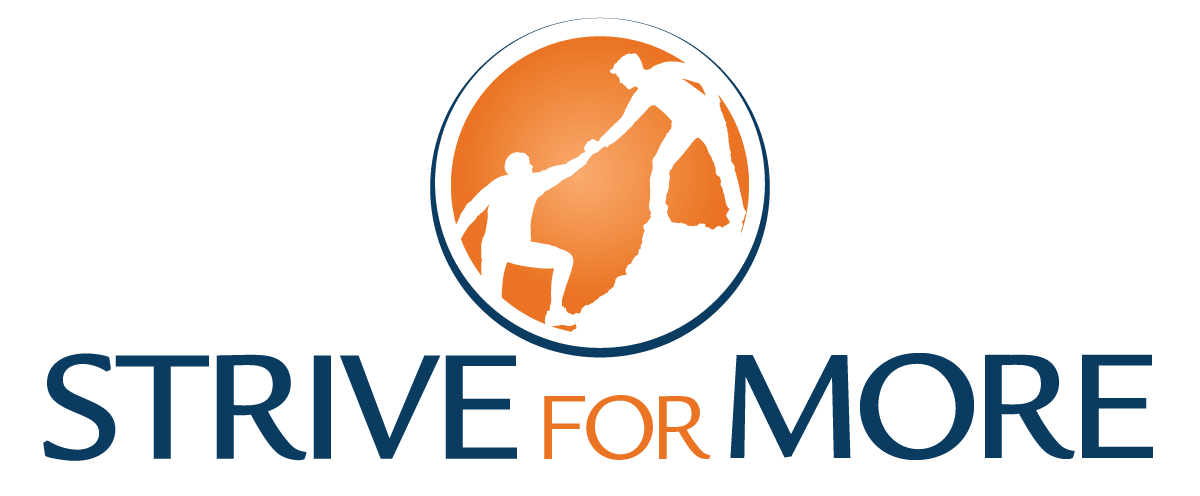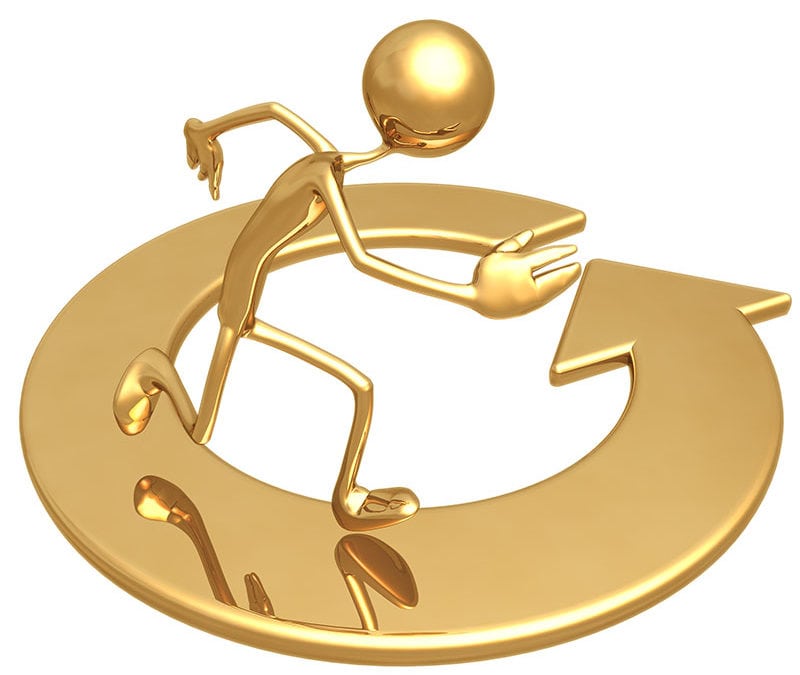According to Charles Duhigg, author of The Power of Habit: Why We Do What We Do In Life And Business, habits consist of a three-step loop. The first step in the loop is a cue which triggers our brains to automate the process of enacting a habit. The second step in the loop is a routine which can either be physical, mental, or emotional. And the third step in the loop is the reward we receive at the conclusion of the loop which determines if this loop is worth remembering. Over time, as this loop is repeated, the loop becomes deeper ingrained and more automatic. This is what is known as the habit loop.
The habit loop provides a context for us to begin to recognize our habits, and even change our habits. So how exactly can we do that? Duhigg outlines a four-step process we can use:
- Identify the routine of our habit.
- Experiment with different rewards for our habit.
- Isolate the cue of our habit.
- Have a plan to change your habit.
Step one is to discover what the routine of our habit is. As we learned above, the routine of a habit loop can be either physical, mental, or emotional. In other words, it is our behavior. And for a habit we wish to change, it is our behavior we want to change. For instance, sitting in front of the tv at night to watch prime time programming and eating chips. This entire statement of behavior is the routine.
The second step is to experiment with modifying the rewards of our habits in order to identify the craving which drives the habit. This experiment may last from a few days to a week or beyond, until the craving is identified. In our example above, we’ll feel a craving to eat chips while we are watching tv. When we feel that craving try engaging in another activity, eating an apple, picking up your phone and checking your email or social media, take a walk around the house, etc. After you return from your new activity, record the first three thoughts which come to mind and set an alarm for fifteen minutes later. When the alarm goes off, ask yourself if you still have a craving to eat the chips. By recording your first three thoughts and waiting fifteen minutes, you can gain clarity on the craving which is truly driving your habit. For instance, if an apple suffices instead of chips, the habit isn’t driven by the craving for fatty food. On the other hand, if you no longer feel the need to eat the chips after checking your phone or taking a walk, perhaps a break or distraction is the craving of your habit. Whatever it may be, understanding the craving of our habit is a key component of changing our habit.
Step three is to determine the cue which triggers the automation of our routines. Most of the time, the cues which trigger our routines can be identified as following within one of the following categories: location, time, emotional, other people, and immediately preceding action. By answering these questions when we feel the craving to engage in our routine, we can identify a common pattern in our answers to identify the cue for our habit. For instance, we may feel bored while watching tv when our craving appears. If we see this pattern in our answers under emotional state day after day, we’ll know that the boredom is the cue for our habit.
The final step in the process outlined by Duhigg is to have a plan. It is this plan which can help change the routine of our habit to a more desirable one. In whichever way works best for you, determine what steps you wish to take (your new routine) when you feel the craving of your habit (the cue) to get the reward of your habit. Every time you feel your craving, enact your new routine, and continue to do so until this new habit takes hold and becomes automatic.
References
Duhigg, C. (2014). The Power of Habit: Why We Do What We Do In Life And Business. New York: Random House.

